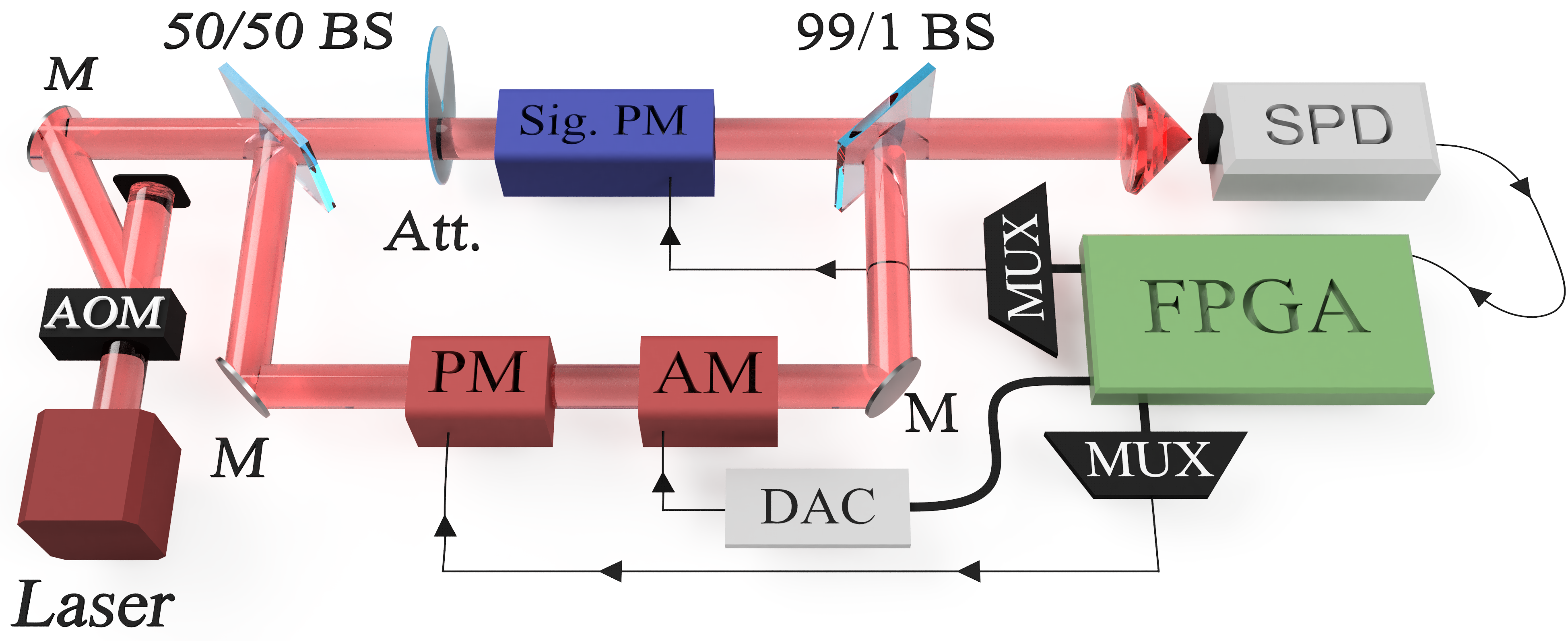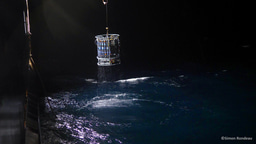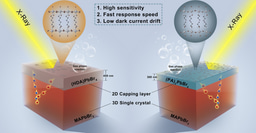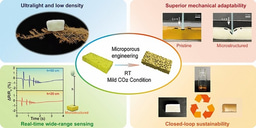Generalizing quantum measurement paradigms in an optimal way by counting photons
Published in Physics

Quantum state discrimination is a central problem in quantum measurement theory, with applications spanning from quantum communication to computation. On one hand, some measurement schemes achieve the smallest possible error probability allowed by quantum mechanics. The limit of this approach, called minimum error state discrimination (MESD), is governed solely by the overlap of the quantum states to be discriminated. On the other hand, some measurements can be realized to result in zero errors, albeit at the cost of sometimes producing an inconclusive result. Such strategies are dubbed unambiguous state discrimination (USD) measurements due to their ability to unambiguously identify quantum states with (ideally) no errors whatsoever. However, these two approaches only represent two extremes when it comes to all possible quantum measurements. More general discrimination strategies combine strategies combine fundamental aspects of both MESD and USD in order to realize measurements which interpolate between these two paradigms. Such approaches are called optimal inconclusive measurements, as they achieve the smallest possible error probability (which can be less than that of MESD) for a specified inconclusive probability (which is less than that of USD).
One important aspect of optimal inconclusive measurements is that they are not projective measurements. Thus, these more general quantum measurements provide a much more powerful tool for quantum information and communication. While optimal inconclusive measurements can be constructed as operators in high dimensional Hilbert spaces, their physical implementation for discrimination of optical quantum states has remained an open challenge. In theoretical work by Nakahira & Usada [PRA 86, 052323 (2012)], the authors put forward a strategy which implements the optimal inconclusive measurement for two coherent states of light. This measurement relies on linear optics, photon counting, and feedback, which are also the components required to implement MESD and USD measurements. This generalized measurement allows for transitioning among standard discrimination paradigms in an optimal way from minimum error to unambiguous measurements for binary coherent states.

In this work, we experimentally demonstrate these optimal inconclusive measurements on two phase-encoded coherent states, providing the first implementation of such generalized quantum measurements of binary optical coherent states. In addition, we implement the optimal MESD measurement for these states since a phase encoding is the optimal modulation format for optical communication under and average power constraint. Our demonstration uses coherent displacement operations using interference on a highly imbalanced beam splitter, single photon detection, and fast FPGA-based feedback. The strategy relies on finding the optimal feedback policy for the displacement operations, which will be conditioned on photon detections as the measurement progresses. Once the desired inconclusive probability, total input energy, and prior probability are fixed, the optimal displacement magnitude is in fact pre-determined. Surprisingly, the optimal feedback policy is simply to switch the sign of the displacement (from positive to negative or vice-versa) every photon detection. Similar to the so-called Dolinar receiver for optimal MESD, this strategy provably implements the optimal inconclusive measurement for binary coherent states.

In addition to realizing this more general quantum measurement scheme for binary states, we propose a hybrid measurement that leverages the binary optimal inconclusive measurement in conjunction with sequential, unambiguous state elimination to realize higher dimensional inconclusive measurements of coherent states. Optimal inconclusive measurements of any number of states are a critical tool for quantum communication tasks such as quantum key distribution. Furthermore, these strategies can be ideal for use in classical communication where certain coding schemes are tailored for an erasure channel, which can model the inconclusive results from the measurement. We anticipate that further understanding of the capabilities of linear optics, photon counting, and feedback will lead to the physical implementation of more general non-projective measurements in two (or higher) dimensional spaces.
This work is published in npj Quantum Information 8, 84 (2022), and can be found at: https://www.nature.com/articles/s41534-022-00595-3 .
Follow the Topic
-
npj Quantum Information

The scope of this journal spans across all relevant disciplines, fields, approaches and levels and so considers outstanding work ranging from fundamental research to applications and technologies.
Related Collections
With Collections, you can get published faster and increase your visibility.
Algorithms, Protocols and Architectures for Early Fault Tolerance
Publishing Model: Open Access
Deadline: Jun 25, 2026
Quantum-Enabled Bioimaging
Publishing Model: Open Access
Deadline: May 04, 2026






Please sign in or register for FREE
If you are a registered user on Research Communities by Springer Nature, please sign in